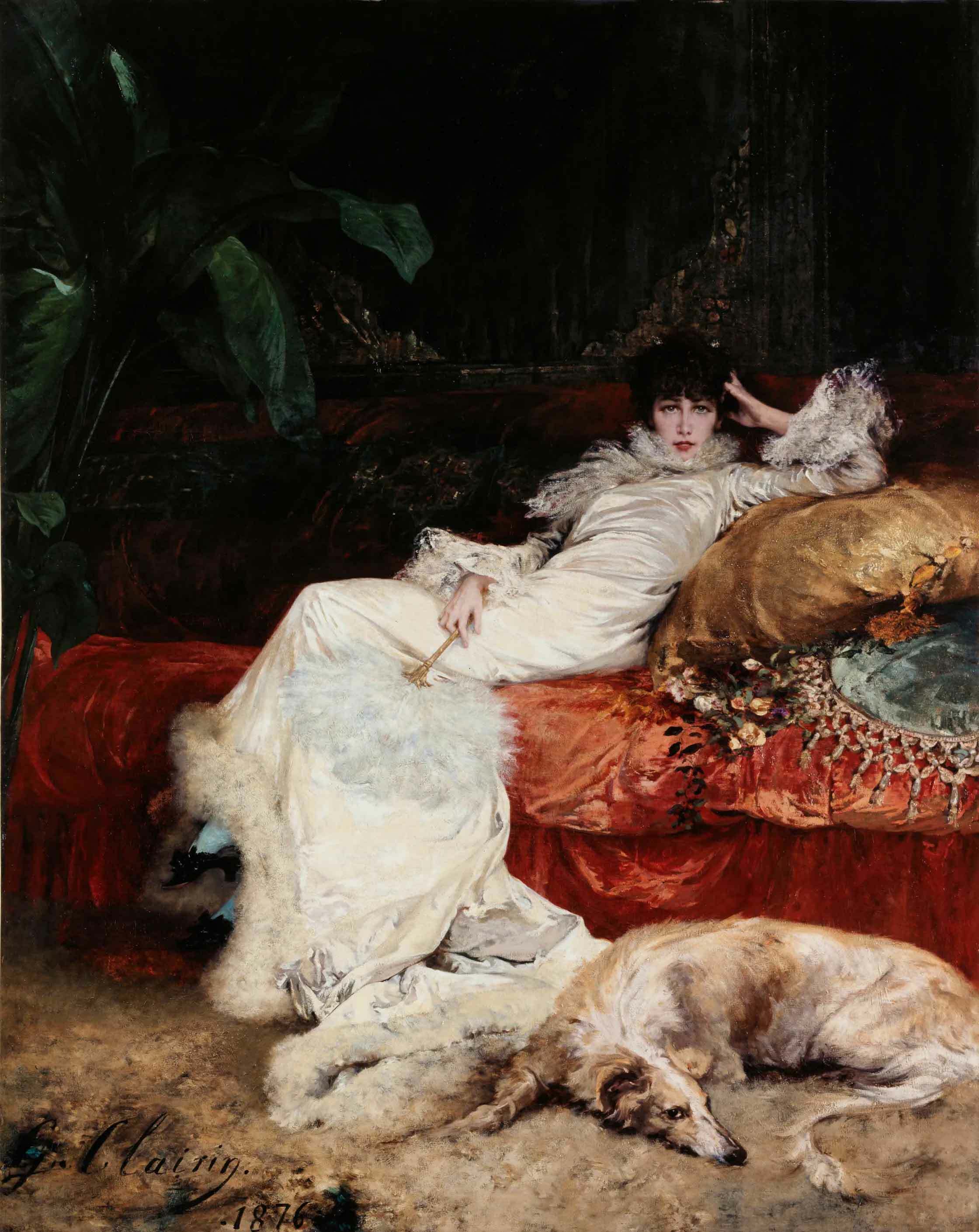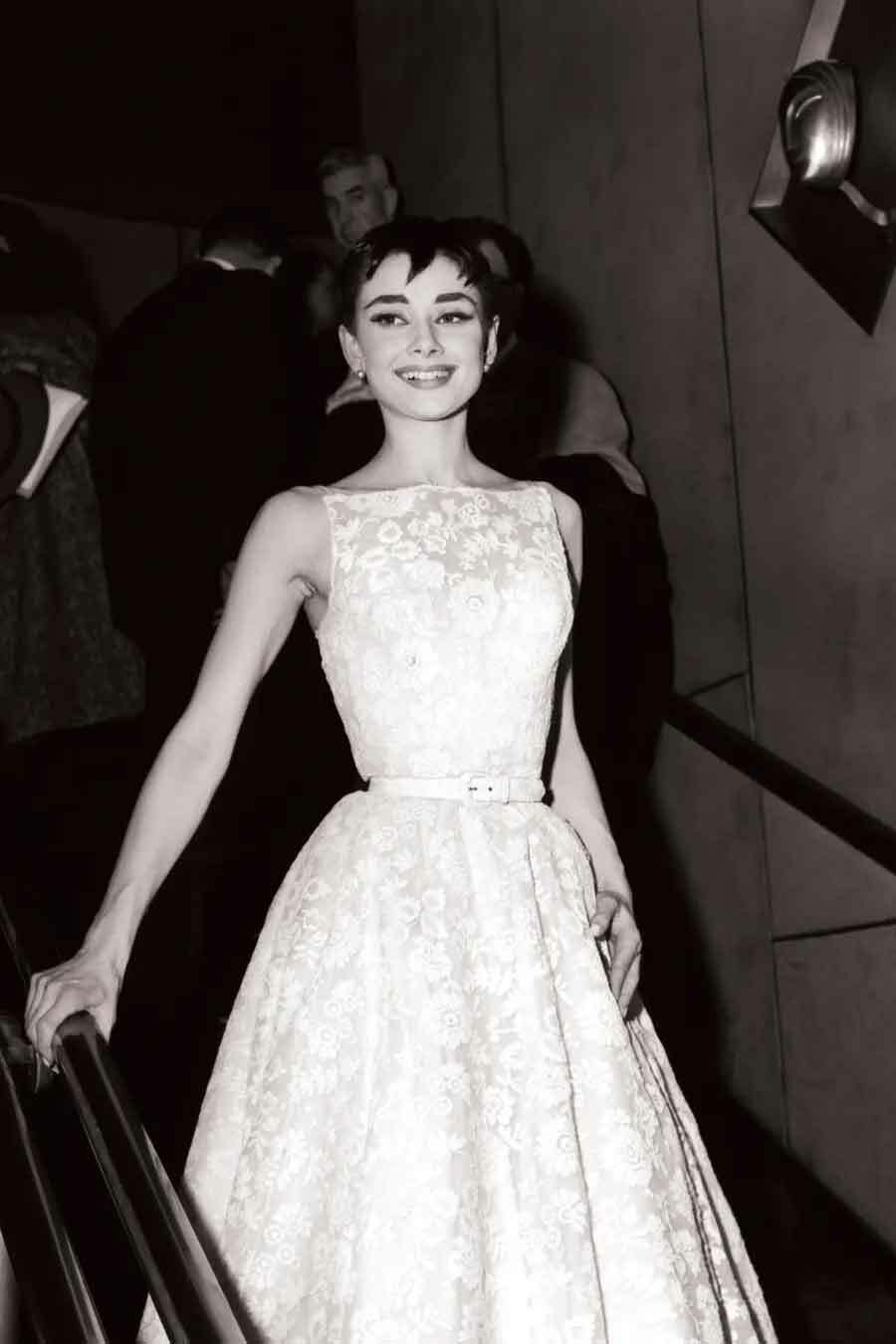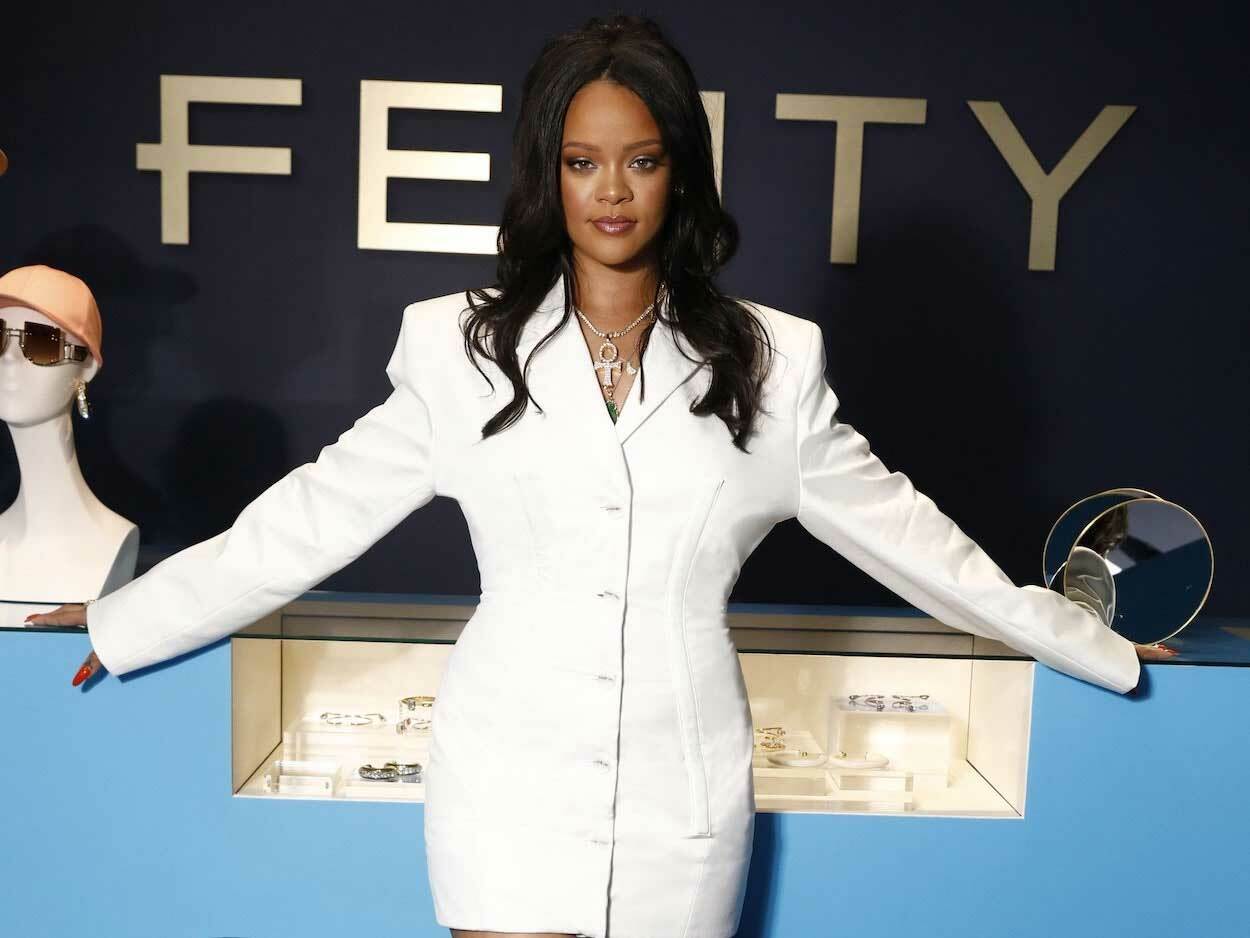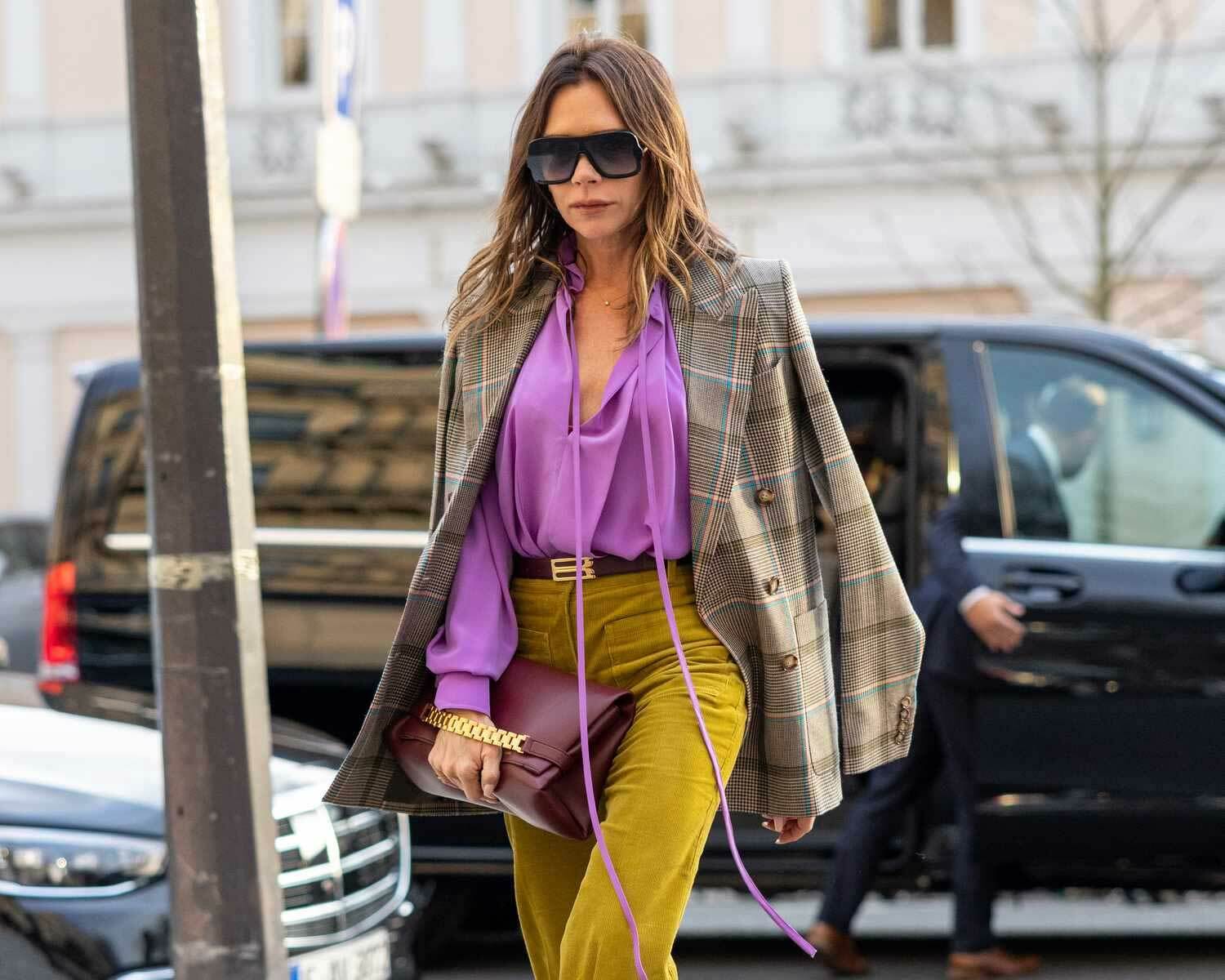Fashion x The Internet
For much of the high-fashion world, the internet was once seen as a necessary evil rather than a natural extension of their brand. While consumers flocked to platforms like eBay to hunt for designer pieces, luxury fashion houses hesitated. Brands like Prada famously had a “Coming Soon” page for what felt like a decade, and many high-end labels resisted selling online, fearing that digital commerce would cheapen their exclusivity. Their world was built on glossy magazine pages, billboard campaigns, and perfectly curated storefronts—not pixelated product grids.
But in an ironic twist, today’s luxury fashion brands are leading the charge in digital innovation. From high-tech e-commerce experiences and metaverse fashion shows to AI-driven personalisation, these same brands are now shaping the future of online shopping. And just as fashion took its time warming up to the internet, it also initially resisted the idea that celebrities could define its identity. Yet over the last century, that’s exactly what happened.
This article explores how the relationship between fashion and celebrity evolved—from Hollywood muses to full-scale business empires—and what it means for the industry today.
Introduction
In the early days of fashion, designers and brands worked in relative isolation, relying on craftsmanship, artistry, and word of mouth to grow their reputations. Clothing was a mark of class, status, and taste—rarely, if ever, connected to entertainers or public figures. The idea that a singer or actress could define a brand’s identity or influence its sales would’ve been laughable.
But as celebrity culture evolved and mass media transformed how we consume style, the barriers between fashion and fame began to blur. By the mid-20th century, movie stars were dressing in Chanel for film premieres, and luxury houses realised the marketing goldmine in aligning their designs with the world’s most recognisable faces. From red-carpet moments to endorsement deals, this partnership revolutionised both industries.
Over the years, this relationship has grown into a full-blown business model. Today, some of the world’s most influential fashion houses don’t just work with celebrities—they build their entire identities around them. Think of Kim Kardashian’s role at Balenciaga or Rihanna’s partnership with LVMH. At the same time, celebrities have flipped the script, no longer content to be mere ambassadors. They’ve built their own empires, from Rihanna’s Fenty to Kanye West’s Yeezy, creating brands that rival the very fashion houses they once endorsed.
What started as a marketing tool has become a cornerstone of modern fashion—a symbiotic, and sometimes competitive, relationship that continues to shape the industry today. This article will explore how fashion and celebrities became inseparable, what it means for the brands involved, and how the balance of power is shifting as celebrities turn from muses to moguls.
Early Interactions Between Fashion and Celebrities
For much of fashion’s history, its influence was dictated by royalty, aristocrats, and the elite. Clothing was less about individuality or personal style and more about adhering to the norms of class and status. Monarchs like Marie Antoinette or Queen Victoria were trendsetters of their time, their wardrobes emulated by those with the means to keep up. Fashion was a symbol of power and privilege—not yet touched by the world of entertainers or the masses.
The late 19th and early 20th centuries began to shift this dynamic, though slowly. The emergence of mass media—newspapers, magazines, and eventually cinema—brought new types of public figures into the spotlight. Entertainers, once relegated to the fringes of society, became admired and celebrated. Figures like Sarah Bernhardt, a French stage actress known for her dramatic flair, captured public attention not only for her performances but also for her extravagant sense of style. While designers weren’t yet creating pieces specifically for celebrities, entertainers were starting to influence trends, albeit indirectly.




